In February 1996, the Communist Party of Nepal (Maoist) launched a''people's War' basing their strategy on the writings and experience of Maotse-Tung, but also drawing on more recent experiences in ?Asia and Latin America (notably that of the ''Shining Path movement in Peru) . Although subject to aggressive police operations in the early years, the rebels were able to establish themselves in the mid-west of Nepal and began to extend the scope, control and influence of the movement across the country during the latter part of the 1990s. The conflict escalated dramatically following the declaration of a State of Emergency by the government in November 2001, the more extensive deployment of the Nepalese Army and operations o a larger scale by the maoists. The government of Nepal called on a number of foreign governments for support and received substantial commitments (including military assistance) from the US and UK governments in particular, as well as from India and, to a lesser extent China. Particularly in the aftermatah of 11 September 2001, the US and the UK governments saw their involvement in Nepal as part of the"war against terrorism. As the conflict continued throughout 2002, the impact on all aspects of Nepali economy and society increased, while the inability of the elected government to deal with the insurgency led to the intervention of the recently installed King Gyanendra, in October, and his appointment of an interim government. This book aims to provide readers with an introduction to the People's War in Nepal and brings together a unique collection of documents, including statements and analyses by the maoist leadership as well as critical essays by various political analysts and activists on the left in Nepal. It reveals the thinking behind the strategy of the Maoists, it underlines the importance of gender, ethnicity and caste as well as class in the armed struggle being waged against neo-feudalism and imperialism' it charts the evolution of the People's War, it provides a range of commentaries on the Maoist movement and the insurgency by members of other leftist groups (some of them sympathetic and some of them highly critical) and it offers some possible alternatives for radical change. The editors would refer to themselves as radical intellectuals and political activists who share a strong commitment to bringing the Maoists and other sections of the left together in political debate with a view to establishing common ground and developing a viable rpogramme of political, social and economic transformation in Nepal in the interests of the mass of ordinary Nepalis.
The People’s War in Nepal (Left Perspectives)
In stock
Free & Quick Delivery Worldwide
reviews
Bibliographic information
Title
The People’s War in Nepal (Left Perspectives)
Author
Edition
1st ed.
Publisher
ISBN
818739238X, 9788187392385
Length
xxi+494p., Tables; Notes; Figures; References; Bibliography; Index; 23cm.
Subjects

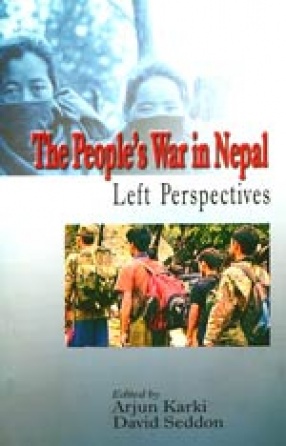
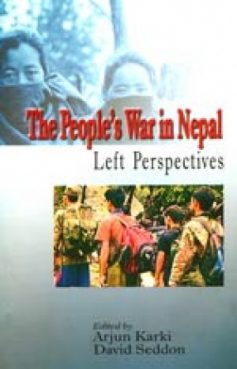
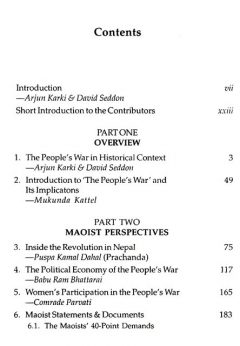
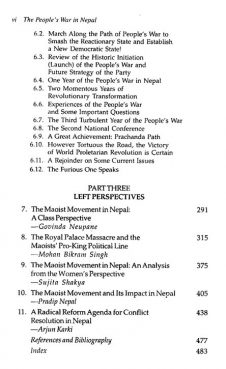
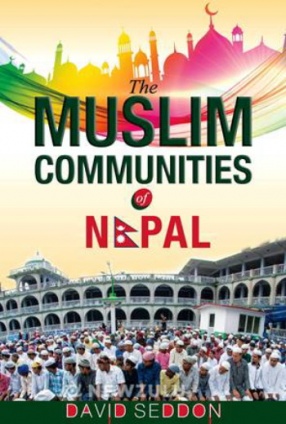
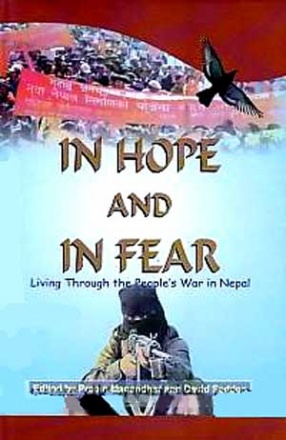
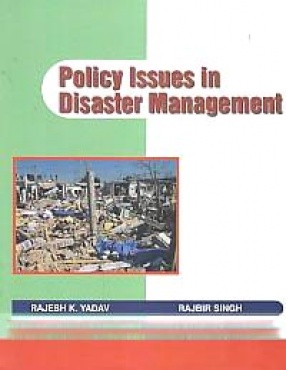
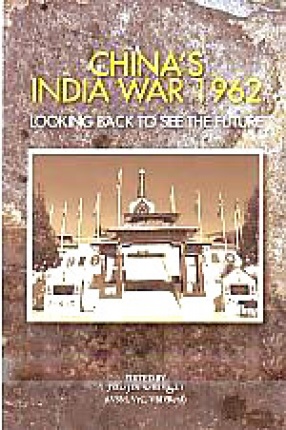
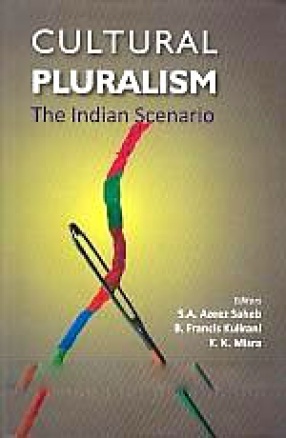
There are no reviews yet.